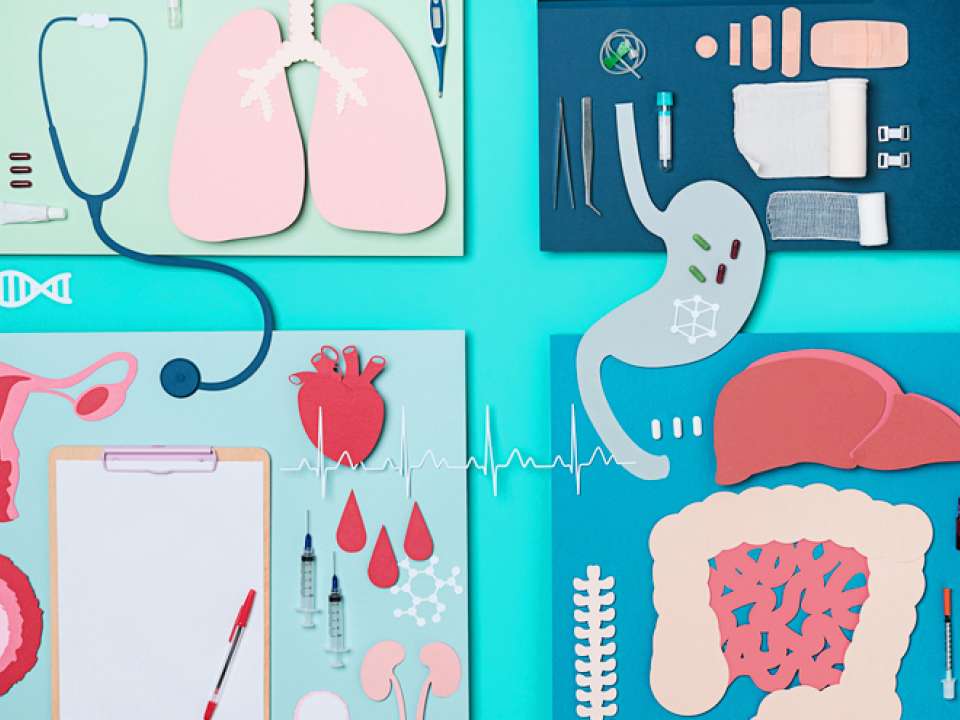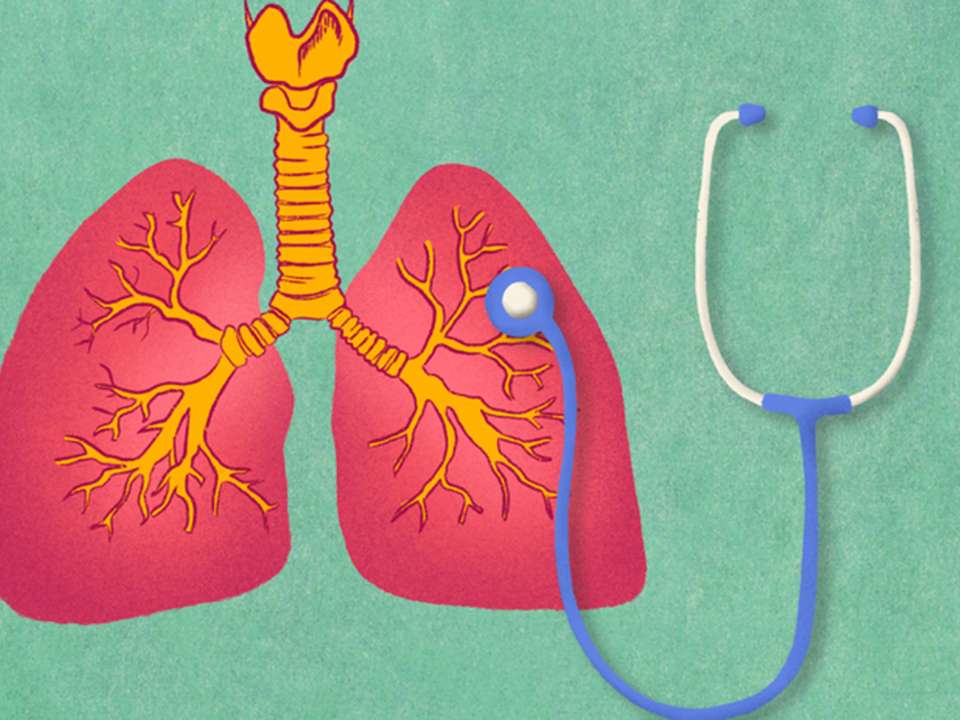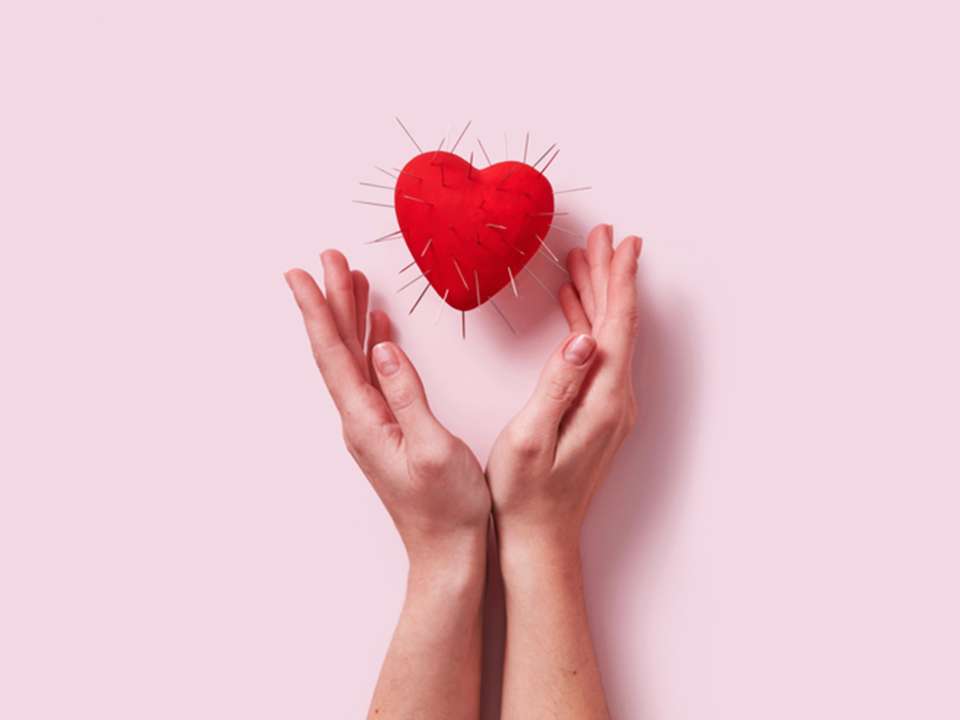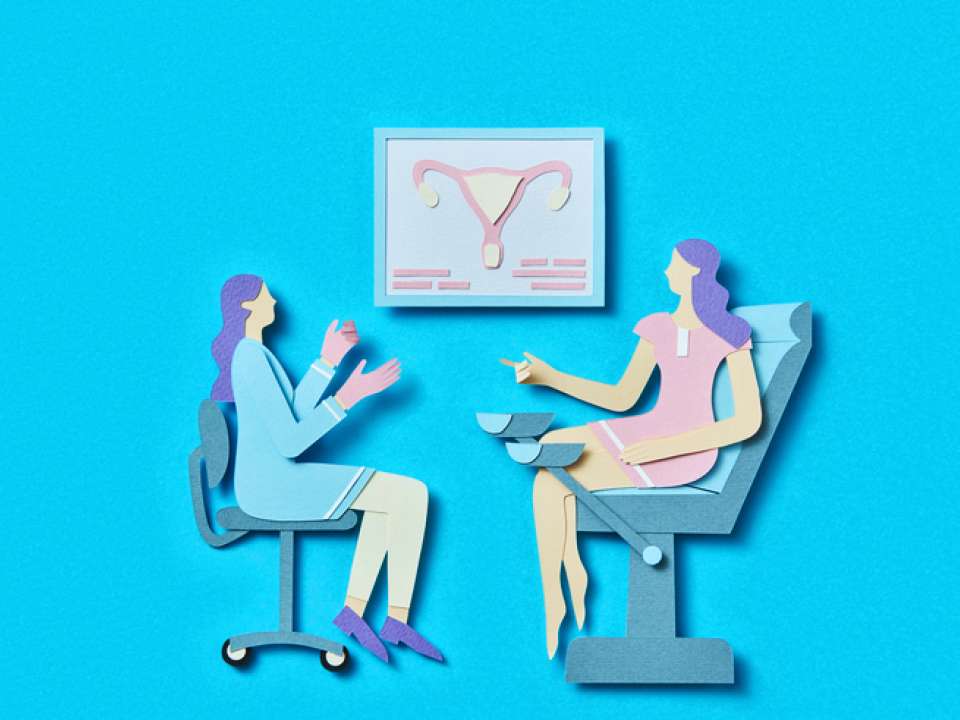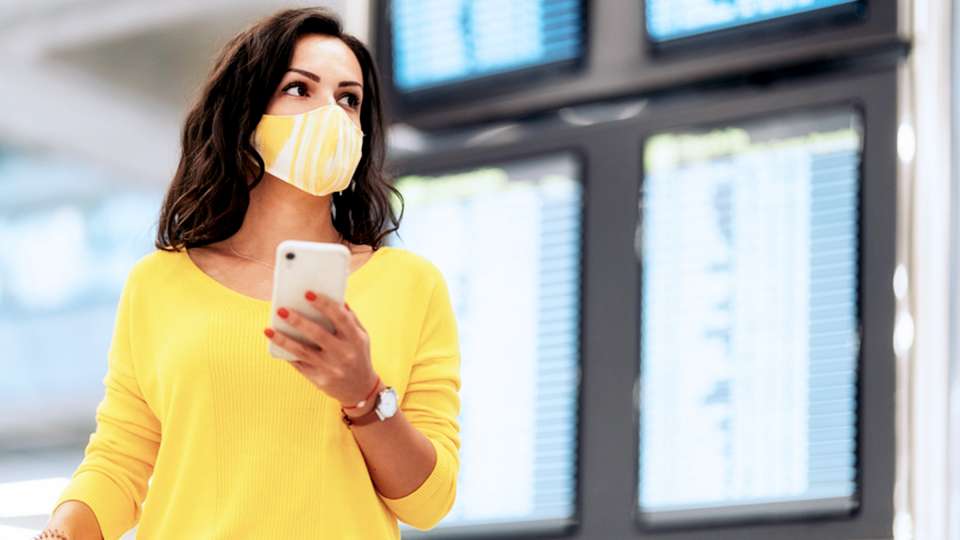
It’s been over a year, and you desperately want to see your friends and family again. But the idea of getting on a plane gives you sky-high anxiety.
Are you safe to travel if you’re vaccinated? Do you need to get tested for COVID-19 before your flight? Should you cancel your trip due to the delta variant? How do you stay safe if you have to travel during the pandemic?
In response to the increase in the delta variant and rise of COVID-19 cases in the U.S., the Centers for Disease Control and Prevention (CDC) recommends delaying flights if you aren’t fully vaccinated. But if you are vaccinated and plan on catching a flight, practice these travel tips to keep you happy and healthy in the air.
Get vaccinated
Did we just mention vaccinations? Yes. Are they worth mentioning again? Absolutely.
“The most important thing for everyone no matter what is to get vaccinated. Vaccination is the best way to prevent infection and travel safely,” says Dr. Ana Weil, an assistant professor in the UW School of Medicine Division of Allergy and Infectious Diseases.
Getting vaccinated before you fly will reduce your risk and severity of infection if you do contract COVID-19.
If you aren’t vaccinated, Weil agrees with CDC recommendations that you should not travel. If your trip can’t be delayed, you should take a viral test one to three days before your flight, take a viral test three to five days after you land and self-quarantine for seven days after you land, per CDC guidelines.
Whether or not you are vaccinated, you should wear a mask, maintain distance and wash your hands often (more on these in a minute).
And be sure to check the COVID-19 travel and testing requirements for your destination before you board.
Pack smart
While most cases of COVID-19 are passed through inhalation, limiting the number of people and things touching your luggage will decrease your potential exposure to the virus.
If you are bringing any food, put it in clear baggies in the security bins to reduce the likelihood that security personnel will need to open your carry on and go through your items. You can also slide your phone, ID and any loose items from your pockets into your bag to reduce contact between these high-touch personal belongings and the security bins.
“Limiting the surfaces that you and your items are touching when you go through security is a good idea generally,” Weil says.
Bringing a pandemic travel kit with you on the plane will also keep you prepared for any health and safety needs. Pack some extra masks, hand sanitizer and disinfectant wipes for situations where you need a new mask or to sanitize your hands or space.
Mask up
You know this drill: Wearing a mask is one of the best prevention methods we have against COVID-19 — and it remains true for air travel, too.
You want to wear a mask that fits snuggly on your nose and the sides of your face. A clean cloth mask with multiple layers, an N95 and a KN95 are all good options, Weil says.
Wondering about taking your mask off to eat or drink? From a safety perspective, it’s best to leave it in place.
“I can’t say, ‘Oh yeah, it’s fine to take off your mask to eat and drink and there’s not a difference in your safety’ — that’s just not the case. But it is also not realistic to take a long flight without eating and drinking. Slipping your mask up to take sips is a middle ground,” Weil says.
To avoid the need to remove your mask, try to plan shorter trips and eat and hydrate before you arrive at the airport. If you must snag a sip of water or munch a protein bar, it’s best to do it in the airport (not the plane) and away from other people.
And if you remove your mask for any reason — or if your mask gets dirty or wet — replace it with a fresh one.
Wash your hands — a lot
Forget snakes on a plane. Let’s talk about COVID in the cockpit or influenza in-flight.
Like COVID-19, flu, or influenza, spreads by air and touch, so many of the rules that apply to COVID-19 prevention apply to flu prevention.
“The most efficient way the flu travels is through coughing or sneezing on someone, so you can get the flu if someone is sick within six feet of you — that’s two rows on an airplane,” says Dr. Helen Chu, an infectious disease specialist at UW Medicine who is leading a study about how the flu and COVID-19 spread.
The other way the flu is transmitted is through the air when someone breathes out flu particles, Chu notes — and breathing in respiratory droplets carrying the virus is the main way the coronavirus spreads.
While masking helps limit your exposure to particles from someone who is sick when you’re in crowded and confined spaces — ahem, like an airplane — there is another preventative measure that Chu stands by.
“The best thing to do is wash your hands a lot or use hand sanitizer,” she says.
That’s because the flu and other seasonal colds infect you when they come into contact with your eyes, mouth and nose. In addition to masking, if you’re able to wash or sanitize your hands before touching your face and eating, you’ll greatly reduce your chances of getting sick.
Sanitize airplane surfaces
See that tray table you’re using? What about that armrest you’re leaning on? Or that seatback pocket where you’ve conveniently stashed your phone?
Well, some pretty nasty microbes live on these shared surfaces. What’s worse, these germy friends can hang out there for up to a week without any problems. And though the main way the coronavirus spreads is through respiratory droplets, the virus can also last on plastic surfaces like your tray table, clocking in at about three days on nonporous surface.
Chu suggests packing wipes in your carry-on bag so you can easily sanitize areas around your seat as well as those airplane surfaces that many people touch. Lavatory door handle, anyone?
Stay hydrated — safely
It’s best to hydrate before you board so you can keep your mask in place.
Another reason for preflight H20? According to the World Health Organization, humidity inside an aircraft is about 10% less than it is inside your home. Low humidity causes moisture to evaporate more quickly from your body, so you may end up feeling like you have irritated eyes, a parched throat or dry skin.
You can also pack helpful items like eye drops and lotion to stay hydrated and make yourself feel more comfortable — just sanitize or wash your hands before you use them.
Stand and stretch
Feel like hunkering down with some in-flight movies for the entire trip? That’s great for your next Oscar party and all but not so much for your health.
Turns out, COVID-19 isn’t the only in-flight villain. Prolonged sitting and inactivity on a long-haul flight can cause blood to pool in your legs. In some cases, this can lead to deep vein thrombosis (DVT), a type of blood clot that results in pain or swelling in your extremities.
Sometimes a piece of the clot can break off and travel to your heart or lungs and cause pulmonary embolism, a life-threatening medical condition that can cause chest pain, shortness of breath or even death. Sounds pretty harsh for a movie binge, right?
To help avoid DVT and promote good circulation in general, stand up and move around at least once every two to three hours. Even doing some simple stretches in your seat can help.
You should also wear loose comfortable clothing whenever you fly to ensure your blood flow isn’t cut off when you’re seated.
Plan sleep to counter jet lag
Does flying make you feel like a sleep-deprived zombie? Welcome to the horde.
“If someone changes time zones, their internal clock is temporarily misaligned with the light and dark times at the new location,” explains Dr. Vishesh Kapur, founder and co-director of the Sleep Medicine Center at Harborview Medical Center.
What he means is flying across the country or crisscrossing continents can seriously disrupt when you feel tired, awake and even hungry.
To help lessen jet lag, try to synchronize your sleep habits with your destination before and during your flight. If it’ll be morning when you land, rest up before you board and get sleep while in the air. If you’re landing at night, try to stay alert during the flight so you’re primed to snooze upon arrival. (As an added bonus, maintaining a healthy sleep schedule boosts your immunity, so you’ll be fighting jet lag and protecting against unwanted viruses all at once.)
No matter what, it’s always a good idea to fly when well rested and to set realistic expectations about what you can accomplish that first day.
“People are different in terms of how easily their sleep gets disrupted and how easily their body clock shifts to time zone changes,” Kapur explains. “It’s important to be aware of your vulnerabilities and give yourself some slack.”
Ease your flying anxieties
If all this talk about airplanes is making you uneasy, you might be among the 6.5% of Americans who have aviophobia, a fear of flying (and with COVID-19 around, it’s more than understandable if you’re feeling nervous about upcoming travel plans). That doesn’t mean you have to stay grounded forever, though.
Before you book your ticket, start by mentally preparing yourself for a flight. This can mean doing research to better understand aviation safety; knowing the COVID-19 safety protocols and requirements; or seeing a professional therapist, who may recommend taking practice flights in a simulator using a technique called exposure therapy.
Once you’re ready and onboard, help yourself relax with research-backed techniques like deep breathing or distract yourself with a favorite book, movie or podcast. You can also notify the crew that you’re anxious about flying so they can periodically check in on you.
The more we practice COVID-19 safety measures, the more we will all be able to visit loved ones and travel to new places. So, get you vaccine and mask up. We’ll be boarding shortly.
The info in this article is accurate as of the publishing date. While Right as Rain strives to keep our stories as current as possible, the COVID-19 pandemic continues to evolve. It’s possible some things have changed since publication. We encourage you to stay informed by checking out your local health department resources, like Public Health Seattle King County or Washington State Department of Health.

 Healthy ideas for your inbox
Healthy ideas for your inbox
